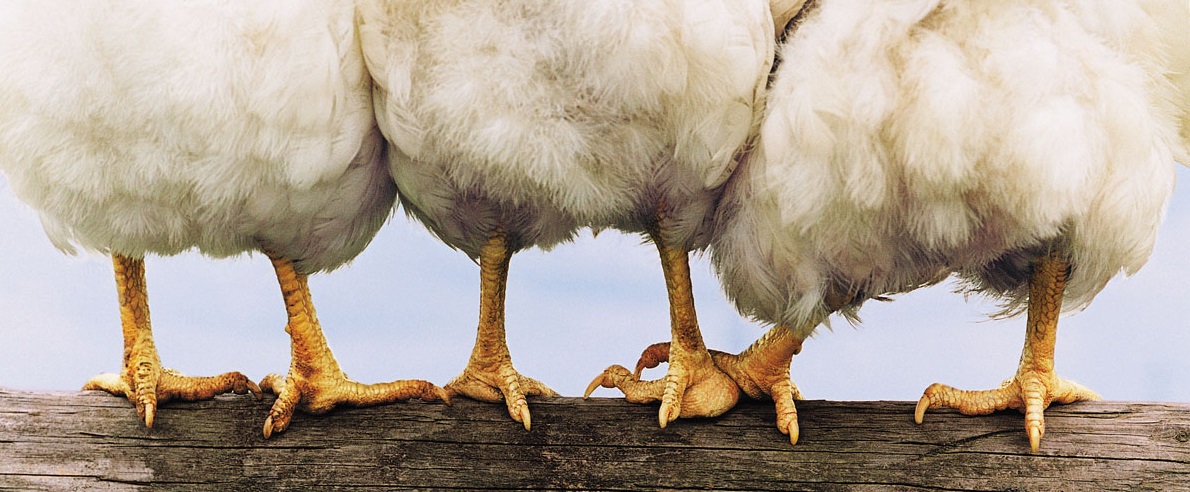Testing available and recommended sample types:
| Test | Sample required |
| *Chlamydia psittaci PCR | Cloacal swab |
| *Psittacine Beak and Feather Disease PCR | Blood or blood feather |
| Sexing | Blood spot on filter paper or blood feather |
* can be done individually or as part of the Avian Panel
Chlamydophila (Chlamydia) psittaci
Chlamydophila psittaci infection can be the cause of fever, anorexia, lethargy, diarrhoea, excretion of green to yellow urates and occasionally shock and death in birds. Infection can be associated with conjunctivitis, enteritis, pericarditis, air sacculitis, sinusitis, coelomitis, hepatitis and splenitis. The importance of this infection in birds is enhanced by its zoonotic potential. C. psittaci infection has been demonstrated in over 460 bird species with the highest infections rates reported in psittacine birds and pigeons. Survivors of infection can become asymptomatic carriers. Transmission is from close proximity to another infected bird. The bacteria are shed in nasal secretions and faeces – faecal shedding is intermittent and can be activated by any cause of stress. The organism can survive in the environment for several months if protected by organic debris. Predator or scavenger species can become infected through consumption of the carcass of an infected bird. Nest transmission is possible through regurgitation feeding and via biting/blood-sucking arthropods.
Human infections (psittacosis) occur most commonly from inhaling aerosolized organisms from urine, respiratory secretions or dried faeces. Beaks to mouth contact, a bite from an infected bird or handling the plumage of an infected bird are other possible sources of infection. Appropriate protective equipment should be used if performing a post-mortem on an infected bird.
Psittacine Beak and Feather disease (PBFD)
PBFD is caused by beak and feather virus which is from the family Circoviridae. Infection with this virus causes chronic feather dystrophy and loss, beak deformities, occasionally immunosuppression and death. Death in chronic cases is often due to secondary infections associated with immunosuppression. There are acute and peracute forms which can cause sudden death. Parrots that are known to be particularly susceptible to PBFD include, Cockatoos, Ringneck parakeets, Eclectus Parrots and Lovebirds but all parrot breeds should be considered at risk. Any psittacine bird with chronic feather loss should be tested for this infection.

